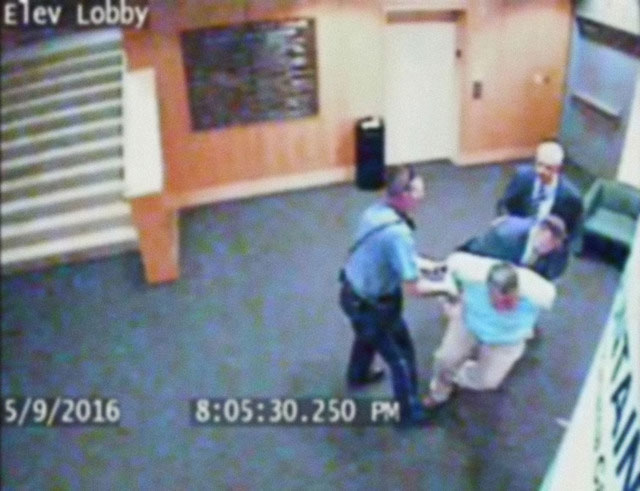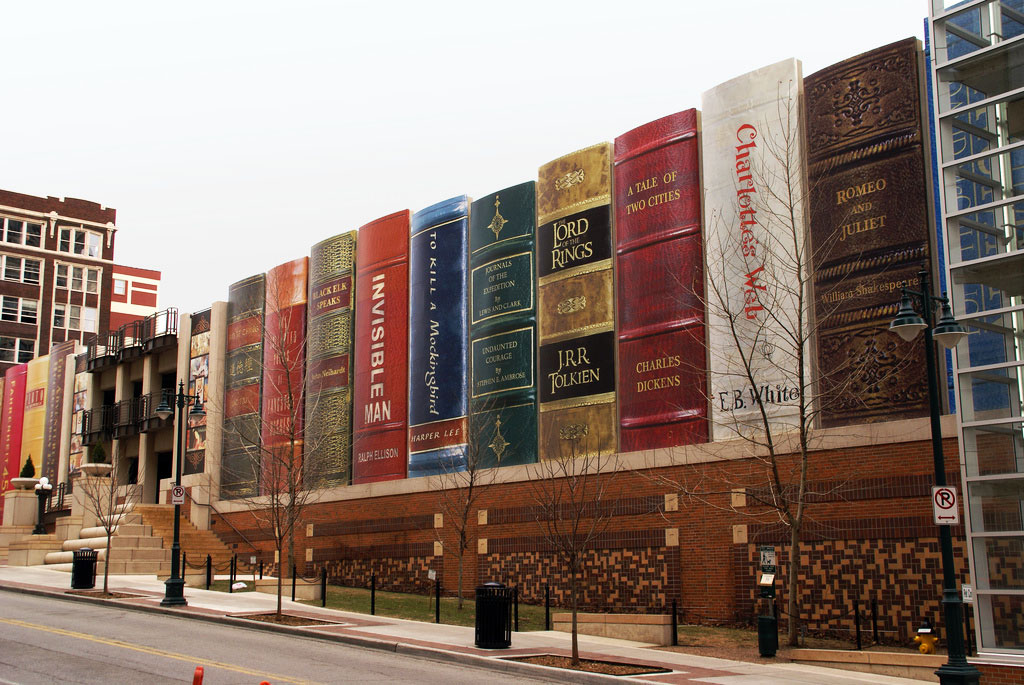Fellow collector/dealer Gabe Konrad has just issued an impressive bookplate catalog. Click on the link below.

http://www.bayleafbooks.com/home/elist%2021.pdf
------------------------------------------------------------------------------------------------
Posted: 14 Sep 2016 02:00 AM PDT
by Stephen J. Gertz
The following appears as the Preface to this just published collaboration of Poltroon Press and Booktryst.
There are legends in the Los Angeles rare and used book trade.
In 1905, Ernest Dawson established L.A.’s first book shop exclusively devoted to rare books. Continued by his equally respected sons, Glen and Muir, the shop remained in business for 105 years. From the 1920s through the 1970s, Jake Zeitlin ran a rare book shop that became a locus for fine printing and local artists and typographers. A Texan by birth, Stanley Rose migrated to Los Angeles in the 1920s and began in the trade by peddling books on a push cart through the writers’ buildings at the movie studios He opened a shop on Hollywood Blvd. that became a hangout for screenwriters and local and visiting novelists. Rose had a back room that after the shop closed in the evenings became an “art studies” salon that concentrated on studying the nude female form, comely models provided for the students’ edification and attention to detail. Rose was also notorious for selling clandestine erotica, and published a few one-handers written by starving screenwriters. In the early 1960s, the Weinstein brothers established a junk store in Compton, CA that sold used books in addition to dross. Ultimately focusing exclusively on books, they developed their business into the most successful rare book firm in the world with final headquarters in a former mortuary to the stars in West Hollywood.
And then there was the late Eli Goodman (1925-2016) of Cosmopolitan Book Shop on Melrose Avenue in Los Angeles. Established in 1958, Cosmopolitan was Hollywood’s oldest used bookstore. A luminary in the shade of the Los Angeles rare book trade, Eli Goodman was a legend based strictly on eccentric character. And he was a character, one too singularly colorful to have been invented; a novelist could not have dreamed-up the man.
Refusing to ever retire, he never did. His final promotion on the Cosmopolitan website was a calculated plea for mercy and desperate tug on the heartstrings: “I’M 91 YEARS OLD – PLEASE HELP ME! TAKE MY WONDERFUL BOOKS FOR PENNIES ON THE DOLLAR!”
If Eli’s long-time assistant, amanuensis, and literary voice, Arnold Herr, is not exactly James Boswell, Eli Goodman will never be confused with Samuel Johnson - except for their pure love of books. Eli Goodman - within these pages “Mickey Tsimmis” - was passionate about them.
Parts of this book were originally published in the Antiquarian Booksellers’ Association of America (ABAA) newsletter and later episodes on my blog-site for rare books, Booktryst.com. They are collected here, as they were on Booktryst, in serial form but with additional material not found in the online edition [now offline]. The episodes are based on journal entries made by Mr. Herr over many years. Some end with a cliff-hanger. The dangler could be Eli or Arnold hanging onto a steep, flimsy bookshelf for dear life - or somebody trying to hang onto their sanity.
In the 19th century, color-plate books were often “heightened with gum arabic” (as described in bookseller catalogues) to intensify the colors and provide a light sheen. It’s fair to say that the stories herein have been heightened. But it would be misleading to characterize them as tall-tales. They are not. But Mr. Herr was clearly wearing lifts in his shoes while writing them down.
I could go on about Eli Goodman, who I only knew from experience, and Arnold Herr, who has been a friend for many years. But there’s a guy wedged in a truck tire rolling down the street in my direction frantically waving his arms and shouting, “Get out of the way!” And so, hello, I must be going.
__________
HERR, Arnold M. The Wild Ride of a Hollywood Bookdealer. Berkeley: Poltroon Press in association with Booktryst, 2016. Octavo. Photo-illustrated wrappers. 136 pp. Cover photo by Shelly Vogel. BUY NOW.
I purchased, and am currently reading this book. If you are fascinated by eccentric booksellers (as I am) you ought to obtain a copy.
-------------------------------------------------------------------------------------------------------------------------------
![]() MYSTERY BOOKPLATE
MYSTERY BOOKPLATE
Does anyone out there recognize the artist ?
Initials may be CVHR or CVMR
A British correspondent writes: The general style is familiar, being from the Art Nouveau period of the 1890s. Two reference books (Simon House & Alan Horne) on British Book Illustrators offer no obvious match, so maybe the artist was not British. The initials CVHR don't figure in the listing at
Nor do the Oxford DNB entries for Louise Jopling and Joseph Middleton Jopling suggest any clue. Various combinations in Births/Marriages/Deaths have been tried without success.
http://www.artistssignatures.com/monograms.php?page=6&letter=c
Nor do the Oxford DNB entries for Louise Jopling and Joseph Middleton Jopling suggest any clue. Various combinations in Births/Marriages/Deaths have been tried without success.
Maybe a reader of this blog will recognise the artist.
The bookplate's owner, Lindsay Millais Jopling (1875-1967), was an administrator in India. Read
to see that his name Millais came from his godfather, John Everett Millais. At
http://amershamhistory.info/people/19th-century/louise-jopling/
louise-jopling is mention of the other godfather and more about his parents and himself
9/20/2016 First Response about the mystery bookplate
Dear Lewis,
I just saw your latest blog edition offering an artist puzzle:"CVHR".
Well, I have a bookplate made by John Hassal of Walmer (Kent), 1868 - 1949, for CVH de Rozsnyay, a Hungarian once living in London.
I read before thar this CVH de Rozsnyay did also create some bookplates himself.
He might be related to bookplate artist Coloman / Kalman Rozsnyay, but this is only a guess.
If I am wrong with my suggestion you at least have another scan of a nice art nouveau bookplate at hand...
Regards,
Michael Kunze
I just saw your latest blog edition offering an artist puzzle:"CVHR".
Well, I have a bookplate made by John Hassal of Walmer (Kent), 1868 - 1949, for CVH de Rozsnyay, a Hungarian once living in London.
I read before thar this CVH de Rozsnyay did also create some bookplates himself.
He might be related to bookplate artist Coloman / Kalman Rozsnyay, but this is only a guess.
If I am wrong with my suggestion you at least have another scan of a nice art nouveau bookplate at hand...
Regards,
Michael Kunze













































































































































